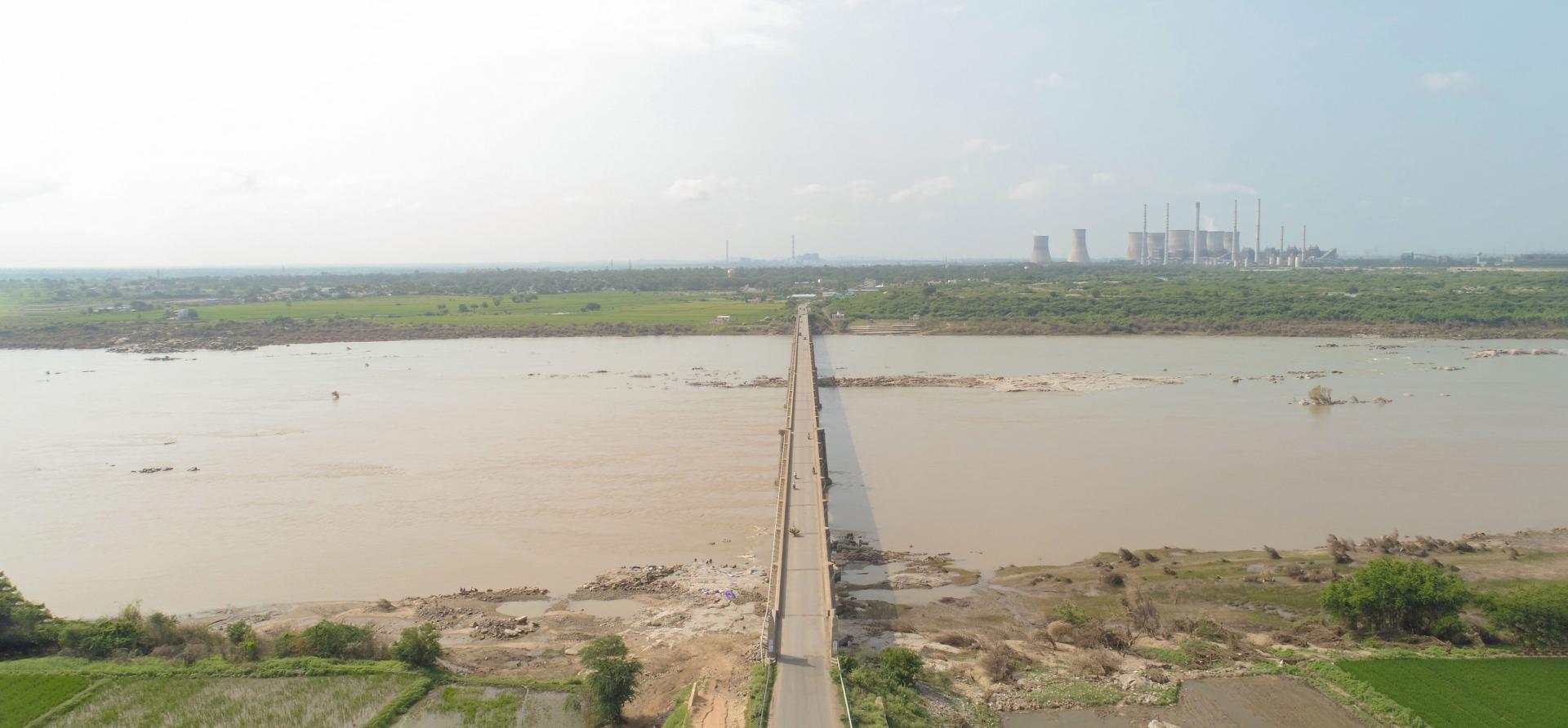Seriously stressed and stranded: The burden of non-performing assets in India's thermal power sector
Download Full Report

Executive Summary
India’s thermal generation sector is carrying US$40-60 billion (bn) in non-performing or stranded assets supported by the troubled banking sector. This is undermining the flow of capital critical to sustain strong economic growth and a renewable energy future.
Under the leadership of Prime Minister Narendra Modi, the Government of India has embraced the enormous opportunities emerging from low cost renewable energy, including the additional energy security benefits from a reduced reliance on imported expensive fossil fuels.
A rapid expansion of domestic wind and solar infrastructure is driving sustainable investment and employment prospects. At the same time, renewables are providing part of the solution to growing water stress and air pollution issues that are eroding quality of life and the sustainability of economic growth.
With zero indexation contracts extending for 25 year terms, year one renewable energy tariffs consistently below Rs3/kilowatt hour (kWh) are now the low cost source of electricity supply in India.
LOW COST RENEWABLE TARIFFS ARE A FUNDAMENTAL THREAT to the viability of new and proposed thermal coal-fired power plants. This is only going to intensify over time given the ongoing capital cost deflation in the renewable sector.
The economics of low cost renewables has already destroyed the viability of proposed new import coal-fired power plants.
Low-cost renewables are also progressively eroding the viability of non-mine mouth coal-fired power plants, given these plants must also wear the burden of expensive and rising rail transportation costs and supply disruptions.
India will continue to rely on coal-fired power generation for decades to come, given strong energy demand growth needs, enormous domestic coal reserves, and the relative lack of commercially viable oil and gas reserves of scale. However, this thermal power reliance has significant adverse implications for the financial system in India.
There has been a succession of initiatives by government and the Reserve Bank of India (RBI) to resolve the massive financial distress evident at many coal- and gas-fired power plants. The problems however remain unresolved, and non-performing assets continue to choke the banking system, accumulating unfunded interest expenses that are unlikely to ever be paid.
This failure to resolve the multiple and deep-seated issues involved adds to the ongoing debacle of the power distribution company (discom) sector, despite some solid progress evident under the government’s Ujjwal DISCOM Assurance Yojana (UDAY) scheme designed to ‘turn around’ the financial mess.
THERE IS CURRENTLY UPWARDS OF US$100 BILLION OF NON-PERFORMING OR STRANDED ASSETS shared between discoms and the thermal coal- and gas-fired power plant sectors.
In this report, IEEFA has reviewed 12 case studies of non-performing or stranded assets across the thermal coal-fired power generation sector of India.
Some projects are built, yet are unable to operate at a competitive price sufficient to deliver a viable return to investors. Others are half-built and stranded, and the balance is yet-to-be built, facing ongoing delays. Two of the case studies reviewed have additionally destroyed significant shareholder wealth by failing in attempts to develop baseload gas-fired power plants in addition to their coal-fired investments.
IEEFA notes each of the 12 non-performing assets has questionable economics behind their investment proposals, particularly as lower cost renewable alternatives can be built in a third of the time and at 30% or lower cost to Indian electricity consumers.
India is yet to experience the growing global capital flight from coal mining or thermal coal-fired power plants on environmental, social and governance (ESG) grounds. The country is however seeing capital flight by its domestic financial system.
Domestic investors are fleeing billions of dollars’ worth of non-performing assets and the intractable nature of the complex issues causing enormous losses in the thermal power sector, including:
- Loss of competitiveness to renewables;
- Poor investment decisions by promotors and ensuing bankruptcies;
- Out-dated technologies and second rate equipment purchases;
- An inability to cost-effectively supply power at a commercially viable or previously agreed rate as per the power purchase agreement (PPA);
- Construction cost and timeline overruns;
- Fuel supply issues;
- Land acquisition and resettlement conflicts; and
- Multiple litigation disputes.
According to Global Energy Monitor, there are 85 gigawatts (GW) of coal-fired power projects in the pipeline at various stages of regulatory approval (37GW capacity under construction).
The government projects 90GW to 110GW of gross new capacity additions in the coal-fired generation sector, with 40GW to 50GW of capacity retirements by financial year (FY) 2029/30.
GIVEN THE ONGOING STRESS IN THE THERMAL POWER SECTOR, without subsidy support from the government, construction of new capacity will be extremely risky and unviable.
IEEFA projects only 30GW of net new additions in the coal-fired sector by FY2029/30.
India’s future grid will be dominated by variable renewable sources of energy. There needs to be a greater attention towards also resolving India’s gas-fired power sector. Gas-fired power plants provide much greater flexibility for peak demand and grid-balancing.
The Chair of State Bank of India Mr Rajnish Jumar stated in early 2019 that all 25GW of operational gas-fired power plants in India were stranded assets.
IEEFA agrees, but advocates for a time-of-day pricing structure to incentivise the retrofitting of gas plants to enable the supply of higher value peaking power demand as a possible solution. We briefly cover gas-fired power generation in annexure I of this report.
Press release: India’s stranded asset risk in thermal power sector underestimated


















